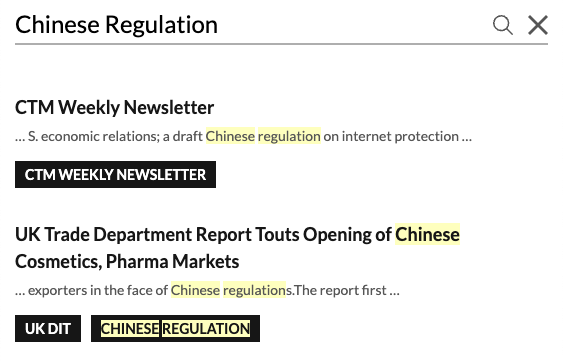The U.S. Geological Survey at the Department of the Interior (DOI) issued the 2021 Draft List of Critical Minerals today. The list is designed to address the concern that the United States is heavily dependent on imports of certain mineral commodities that are vital to “economic and national security interests,” which “has the potential to create strategic vulnerabilities arising from adverse foreign actions, pandemics, natural disasters, or other events that can disrupt the supply of critical minerals.” As with the current list, it includes rare earth elements (REEs), due to China’s dominance over their production and supply. The draft is now open for public comments until December 9, 2021.
Section 7002 of Title VII of the Energy Act of 2020 (The Energy Act) (Pub. L. 116-260) requires the Secretary of the Interior, in consultation with other agencies, to designate a list of critical minerals, which is to be reviewed at least every three years, or more often if the agency deems appropriate. The list serves as the basis for comprehensive national assessments, and agencies’ efforts to develop alternatives, promote efficient production, and ensure long-term sustainable supply of critical minerals. The law also requires government agencies to develop technologies related to REEs and monitor mineral investments under China's Belt and Road Initiative.
The 2021 draft lists include 50 mineral commodities: Aluminum, antimony, arsenic, barite, beryllium, bismuth, cerium, cesium, chromium, cobalt, dysprosium, erbium, europium, fluorspar, gadolinium, gallium, germanium, graphite, hafnium, holmium, indium, iridium, lanthanum, lithium, lutetium, magnesium, manganese, neodymium, nickel, niobium, palladium, platinum, praseodymium, rhodium, rubidium, ruthenium, samarium, scandium, tantalum, tellurium, terbium, thulium, tin, titanium, tungsten, vanadium, ytterbium, yttrium, zinc, and zirconium.
In comparison, the DOI previously published a list of 35 critical minerals or mineral groups in 2018, as a response to a Trump administration order on December 27, 2017. The order aims at reducing the vulnerability of the supply chain of critical minerals.
The federal register notice, which published the list, explains the increase of listed items as “the result of splitting the rare earth elements and platinum group elements into individual entries rather than including them as mineral groups.” It also adds nickel and zinc to the list and removes helium, potash, rhenium, and strontium off the list.
While 36 minerals, including zinc, were assessed based on quantitative evaluation, the draft also noted that “[t]here were insufficient data to quantitatively evaluate several commodities that were on the 2018 list of critical minerals: Cesium, rubidium, scandium, and several REEs (europium, gadolinium, terbium, holmium, erbium, thulium, ytterbium, and lutetium).” For these items, the federal register notice highlights that:
general information suggests that production for each of these commodities is highly concentrated in a few countries. Scandium was produced mainly as a byproduct in China, Kazakhstan, the Philippines, Russia, and Ukraine. Cesium and rubidium had been produced in Australia, Canada, China, Namibia, and Zimbabwe; however, it is thought that all cesium and rubidium mine production outside of China has either ceased in recent years or come under control of Chinese companies. The REEs that were not analyzed because of the lack of data (namely europium, gadolinium, terbium, holmium, erbium, thulium, ytterbium, and lutetium) were all heavy REEs that were produced only or predominantly in China. Based on this qualitative evaluation, none of these commodities are recommended for removal from the list of critical minerals.

